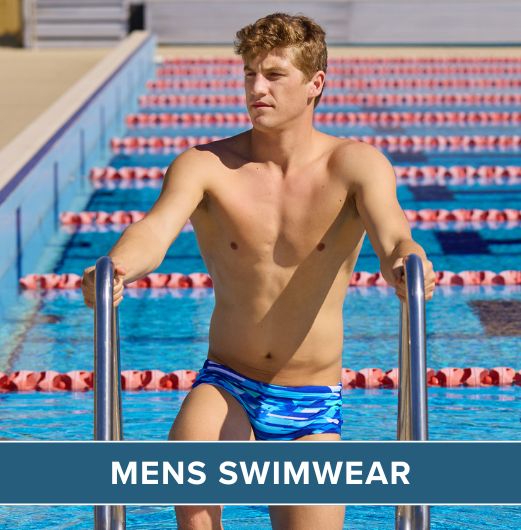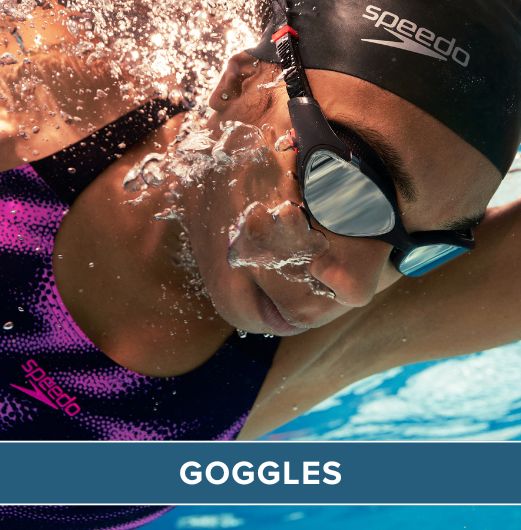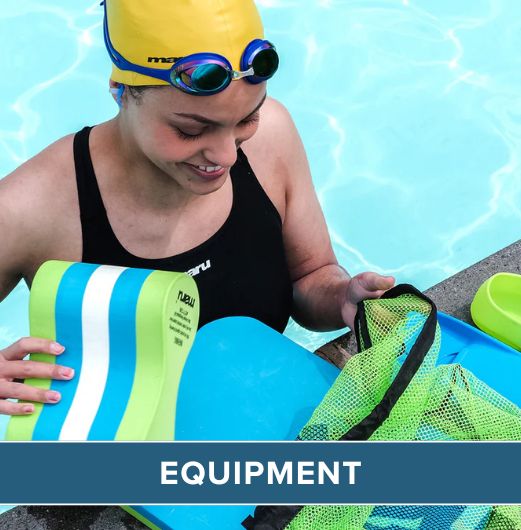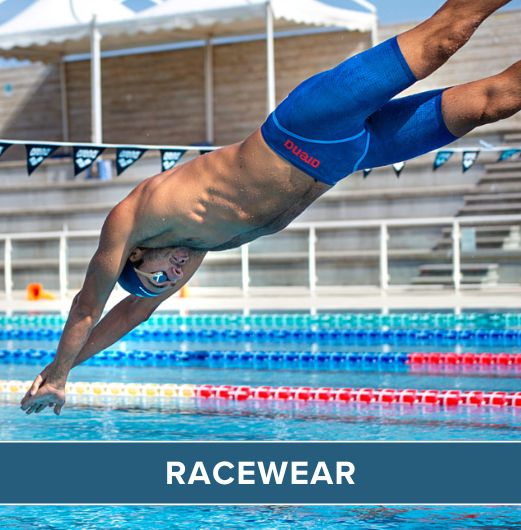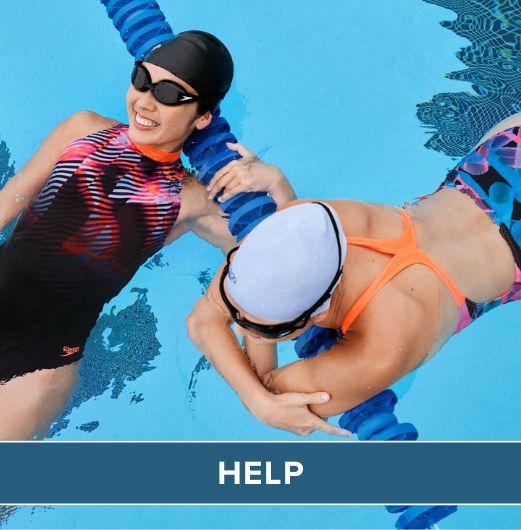
The trouble is that most people see drowning as resulting in immediate death and don’t realise that someone might not die straight away from having gulped water into their lungs. In fact, anyone who’s been accidentally submerged under water and has had difficulty getting air into their lungs has actually been subjected to a form of drowning and, even if someone hasn’t lost consciousness, they can still be in the middle of a potential medical emergency situation.When someone swallows water, the body can have a delayed reaction that puts them at risk of developing complications that can then lead to their unexpected death. Drowning is defined as being submerged by water for a period of time and suffering respiratory distress through not being able to acquire sufficient oxygen and it’s this lack of oxygen that can cause death. When someone is unexpectedly submerged in water, they’ll normally lose consciousness within about half a minute to a minute of being unable to get oxygen. Someone can drown irrespective of whether they have water in their lungs and the critical factor is not being able to get enough oxygen into their airways.
The term ‘drowning’ refers to a spectrum of harm from no major trauma or long-lasting damage to severe harm, including brain damage and death. The term secondary drowning refers to a stage on this spectrum and it can be fatal. Moreover, drowning doesn’t normally happen in the way it’s portrayed in films as people in difficulty tend not to splash about and shout for assistance in real life and drowning can happen very quickly. Many of the circumstances that surround drowning, such as the cold water and shock, can render a person silent and completely helpless.
When a person is rescued from the water, they can often be conscious with much coughing and spluttering but a minority of these people can subsequently develop life-threatening symptoms. Secondary drowning happens when a little water causes a condition called a laryngospasm, which is where the larynx is irritated and the airways become restricted. Laryngospasm is dangerous because it can cause a shock reaction within the body known as neurogenic pulmonary oedema. This causes the heart and lungs to suffer an increase in pressure and prevents the absorption of enough oxygen to sustain life. If this condition is untreated, a casualty can quickly deteriorate and even die.
Fortunately, the symptoms of a laryngospasm are fairly easy to spot. In children, you’ll notice a high-pitched sound as they try to breathe, gasping and coughing as they try to get more air into their lungs. They may also turn blue as oxygen levels fall, often causing drowsiness, and incontinence can be another symptom. All of these signs usually become apparent within a short time after someone is rescued but, in some cases, there can be a delay of up to 24 hours. As soon as symptoms are apparent, it’s important to get emergency medical aid very quickly.
To treat laryngospasm, medical professionals will help someone to breathe by putting a mask on the patient to pump oxygen into the lungs. They can also give them a drug to stop the muscles in the throat from blocking their airway and, as a last resort, they can even use the Larson's manoeuvre to open up the vocal cords by manipulating the casualty’s jaw.
The other danger to casualties rescued from the water is that water in the lungs can wash away the coating (surfactant) on the inside of the lungs, which can prevent oxygen from being absorbed by the lungs. This can be fatal in some cases.
Those who cough and splutter for more than a couple of minutes once they’ve been rescued should be given emergency treatment. This may involve the steps described above as well as observation for up to 6 hours to make sure that complications don’t develop. In rare cases, patients can rapidly deteriorate and will need to be put on a ventilator to prevent brain damage or even death from occurring. Occasionally, a patient may need to be given oxygen for a couple of days until the coating on their lungs repairs itself.
The effects of damage to the surfactant are similar to the causes of laryngospasm, as oxygen is depleted in both cases. Both can be prevented from leading to a serious situation because some symptoms of drowning will typically show immediately after a casualty is rescued from the water, even though they can be conscious and breathing.
Parents who are worried about the dangers of swimming and secondary drowning should always take steps to ensure the safety of young swimmers as prevention is always better than dealing with an emergency. These steps include not allowing unauthorised access to swimming pools where there’s no supervision, supervising children when they’re swimming and keeping a close eye on younger and inexperienced swimmers. Parents can also arrange for a buddy to be present in the pool while youngsters are swimming. The nominated buddy will look out for younger children and make sure they don’t get into difficulty.
The best thing to do is always take care around water, whether that be at a pool, beach, lake or river.
 Free Tracked UK Delivery
Free Tracked UK Delivery Hassle Free Returns
Hassle Free Returns Next Working Day OPTION
Next Working Day OPTION Found It Cheaper?
Found It Cheaper?





